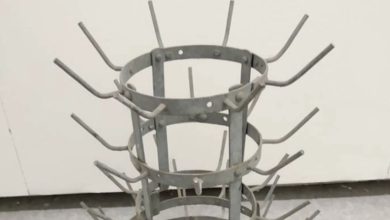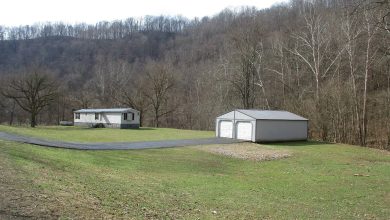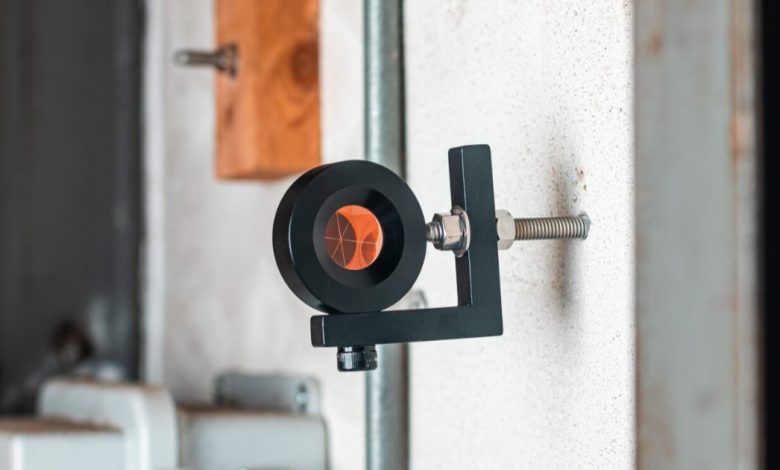
It’s Up There for a Reason
Have you ever wondered how engineers will determine if a building is either leaning or has shifted? There is one small and very unnoticed component involved in this process: The L-bar prism.
While it seems like nothing more than a simple metal bracket that has a glass circular lens attached to it; it provides valuable information about the structural movement. While installed on a pipe or ledge on a rooftop, L-bar prisms enable the monitoring of whether a building remains vertically oriented (plumb) or begins to slightly move off center.
What Is an L-bar Prism?
An L-bar prism is essentially a type of retro-reflector that is installed at the end of an L-shaped bracket. When a laser or infrared light hits an L-bar prism, it bounces the light back to a remote location where the light was sent from by the instrument known as a total station.
Even though the L-bar prism appears to be simply constructed; it allows surveyors and engineers to measure the smallest amounts of movement of a building’s position. This technology is being utilized in structural monitoring applications such as: high-rise structures, bridges, dams, and retaining walls.
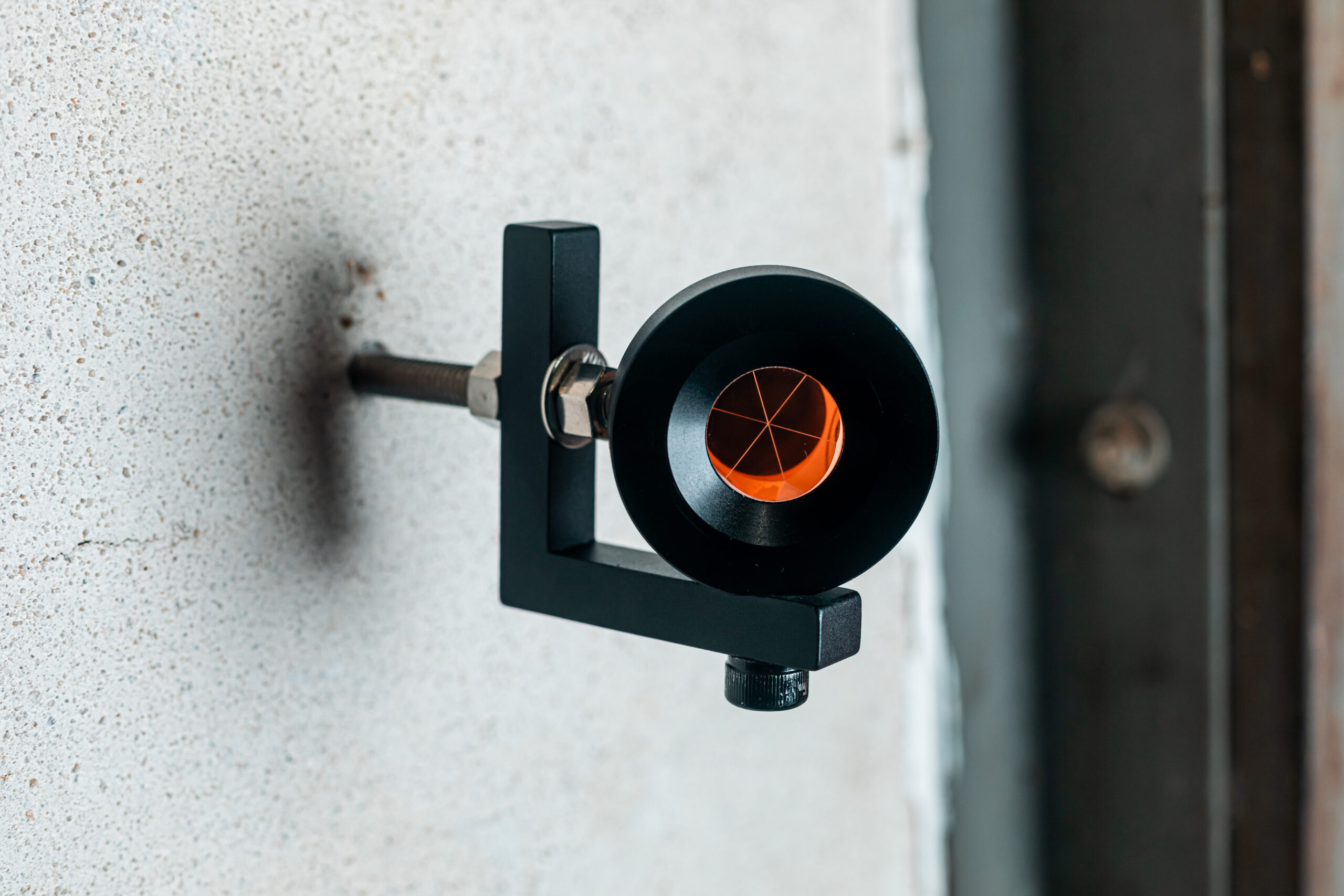
Why Do Buildings Require Monitoring?
Building’s do settle. Soil can settle due to gravity. Traffic causes buildings to vibrate; and weather conditions affect the building materials and cause further settlement and expansion. If these settlements occur without any stabilization measures, they could potentially create serious problems.
The L-bar prisms enable professionals to document the changes to a building over time using highly accurate measurements (to the millimeter). They serve as a fixed point of reference so that structural stability can be measured.
How Does it Work?
- A total station sends a laser or infrared light towards the prism.
- The L-bar prism bounces the laser or infrared light back to the total station.
- The total station then calculates the exact distance and angle to the prism.
- Engineers monitor the changes in the calculated distances and angles to establish whether there is any structural movement.
If the prism’s position is altered, it indicates that the building structure that it is attached to has also changed.
A Hidden Network Over the City
L-bar prisms are usually installed to rusty railings, bolted to corners or pole tops on the roof tops. They are also located near distant total stations that are able to locate and monitor the position of each prism over a period of time.
They are used in both long term structural monitoring and short term construction applications where the structural integrity of neighboring buildings needs to be protected during excavation activities or vibration caused by heavy equipment.
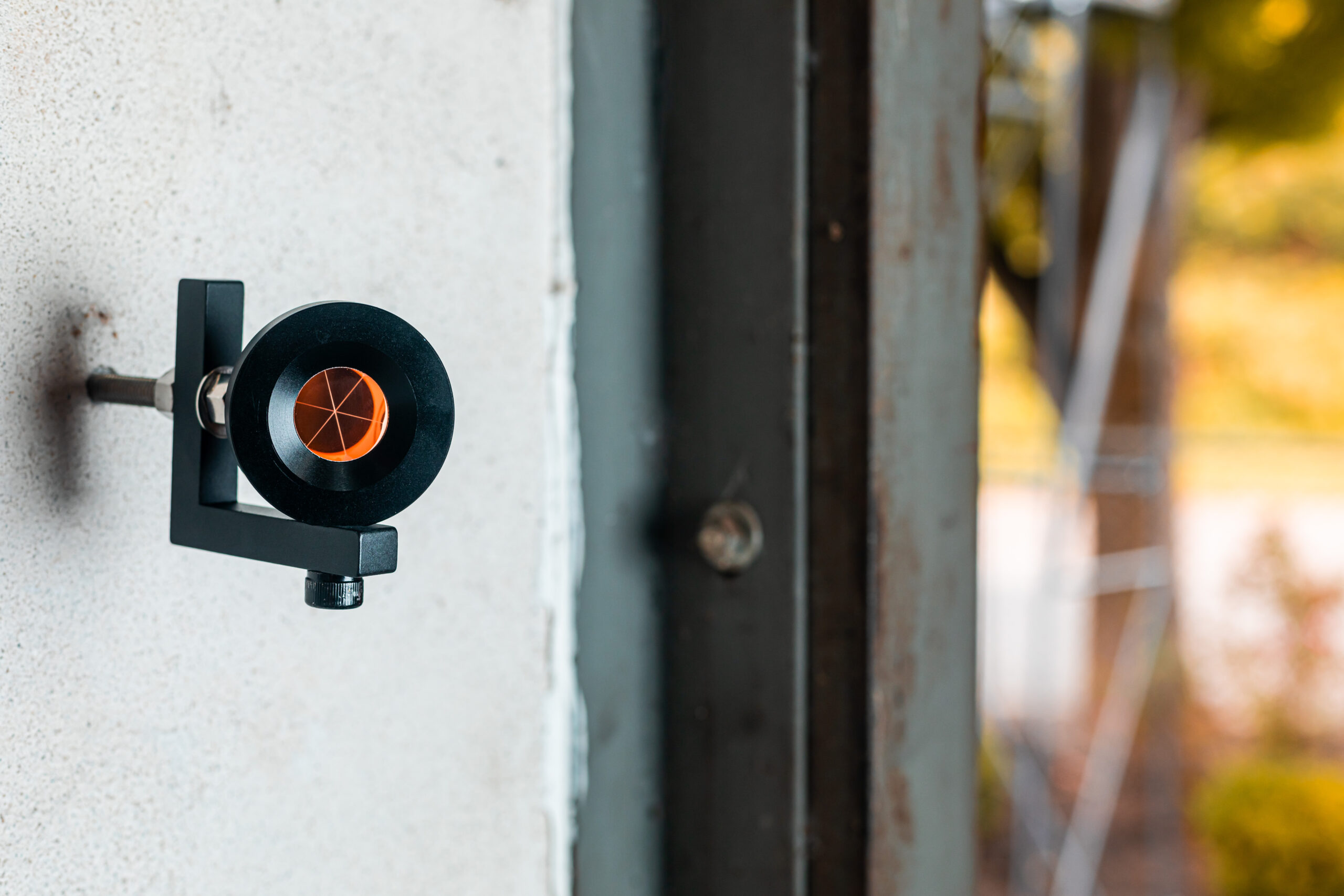
Precision Without Complication
L-bar prisms operate with no electrical energy source or signal input required. Their ability to accurately detect movement is based upon their simplicity and accuracy. With a single beam of light, a fixed mount and a reflective surface, all the necessary data is collected to establish movement.
This technology is invaluable for monitoring critical infrastructure.
Conclusion
While L-bar prisms may go unnoticed, they contribute to preventing costly repairs and ensuring public safety in the built environment. Through the silent reflection of data from rooftops, they give engineers the knowledge to identify when something is wrong.
Keep an eye out – you may catch a glimpse of one working quietly above your city streets.



